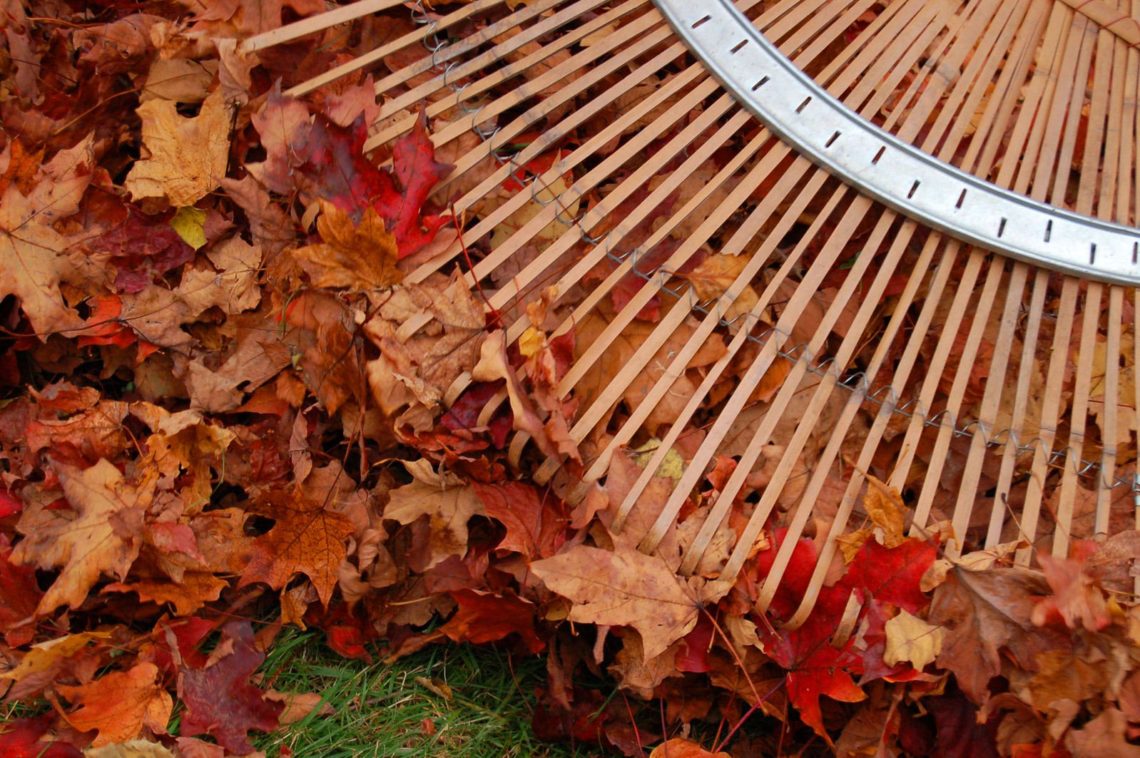Fall’s shorter days and cooler weather signals that it’s time to prepare your garden for the coming cold season. Take the time now to perform the following gardening chores and you can look forward to a healthy cold weather landscape and vibrant garden next spring.
Clean up Leaf Litter
Before the winds start blowing stray leaves around your yard, rake them up. Certain diseases and pests tend to overwinter in leaf litter in some climates, so removing them can help keep problems under control and prevent a reoccurrence next spring. In order to keep your fruiting trees, shrubs and vines healthy and disease and pest free, it’s also important to remove any fallen fruit at this time.
Make Compost
Put the leaves and other plant trimmings you gather during cleanup into your compost pile. If any of your plants had disease or pest problems this year, however, avoid adding them. Bag them up and throw them away, instead, which will prevent perpetuating the problems.
Lawn Care
Maintaining a healthy lawn throughout the winter requires that you mow to 2 to 3 inches high now and apply a ½-inch layer of compost mulch. It’s also a good idea to aerate the lawn, especially in those parts of the lawn that have become compacted. This ensures that water penetrates the turf, rather than running off or waterlogging. Also fertilize once more for the year.

(Ned Horton/FreeImages.com)
Refresh Garden Beds
Pull out summer annuals that have finished and amend the garden beds with homemade or bagged compost. Plant the beds with cool-season annuals, such as pansies, calendula, viola and cyclamen. Also plant spring-flowering bulbs like tulips and daffodils at this time.
Adjust Soil pH
Now is a good time to adjust your soil pH. If you have alkaline soil, apply soil sulfur, according to package directions, and if you have acid soil, apply lime.
Watch Watering
Your landscape requires substantially less water during the winter months. In general, reduce irrigation time by 50 percent for evergreen plants in your landscape, like turf and pine trees. Reduce watering of plants that will become dormant by 70-80 percent. When it rains or snows, make sure to stop watering or set the watering system to off.
Thin Trees
Avoid permanent damage to trees, such as uprooting or broken limbs, by thinning trees now before stormy weather arrives. This technique is known as lacing and involves removing no more than one-quarter to one-third of the tree’s branching system. When laced properly, limbs will be evenly spaced, and the tree will look aesthetically pleasing.
Plant Trees and Shrubs
In many climates, fall is the ideal time to plant shrubs and trees. The cooler weather allows the plants to set down and begin growing roots. This means they’ll have a head start in spring, which will lead to more growth and quicker flowering and fruiting next year.
Julie Bawden-Davis is a garden writer and master gardener, who since 1985 has written for publications such as Organic Gardening, Wildflower, Better Homes and Gardens and The Los Angeles Times. She is the author of seven books, including Reader’s Digest Flower Gardening, Fairy Gardening, The Strawberry Story, and Indoor Gardening the Organic Way, and is the founder of HealthyHouseplants.com.

